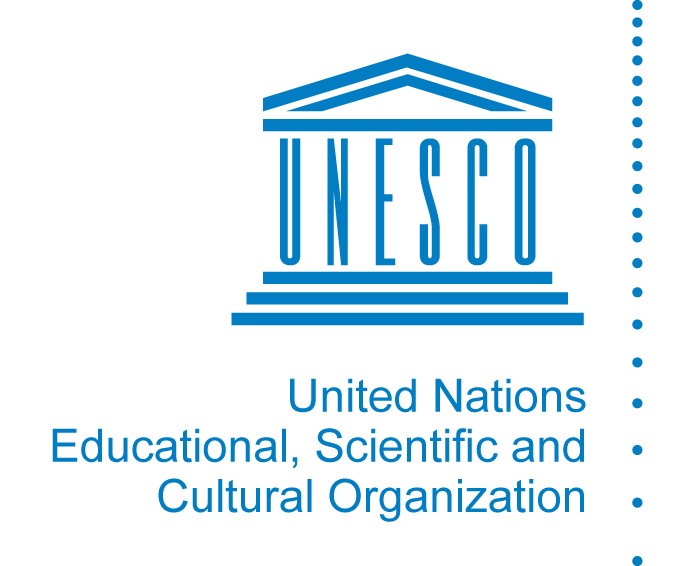A preliminary step to working with the media is conducting a mapping of the various media (institutions and outlets) that exist. The mapping would help to identify the channels (e.g. print, television, radio, online) that are available; their uptake and reach by various segments of the population; their philosophy or approach to information and communication; the characteristics of the content that is developed and disseminated; their organizational functions and structures (e.g. national newspaper v. internet intermediary); the legal frameworks within which they operate (e.g. regulatory frameworks for public versus private); and the existing level of leadership and commitment to gender equality within the organization.
The mapping will help to identify which media partners to approach and for which purpose(s): supporting institutional change, bringing together a network, campaigning for a specific outcome (e.g. legal or policy change; as part of community mobilization for social norms change, etc.). Media organizations that will be targeted for whole of organization transformation, must undergo a thorough internal gender assessment or audit. The audit will determine the strengths, gaps, challenges and opportunities that exist throughout the organization across policies, systems and practices. This information collected then serves as an established baseline highlighting functional structures and positive practice, as well as gaps and areas in need of improvement, against which progress can be tracked over time (European Institute for Gender Equality Gender Audit).
Gender in Education Media Audit (Southern Africa)
Gender Links for Equality and Justice is an NGO based in South Africa that is a founding member of the UNESCO Global Alliance for Media and Gender. The organization has conducted vast research for catalytic programming across 14 countries in Southern Africa, assessing progress on gender in and through the media. It has produced several reports related to gender content in media, employment of women in the sector, and media literacy for gender. The organization also engages in advocacy, capacity building, media literacy and networking. In 2010, the organization conducted an audit of media in education programmes to understand how gender is mainstreamed in journalism and media education and training. As a result the organization has established centres of excellence for gender and media in 13 countries, which include work with 100 local councils to integrate gender through policy, capacity building and monitoring and evaluation to change their structures and the content and practices of their work. Media institutions are supported to mainstream gender in curriculum and to undertake gender and media research.
For more information on Gender and Media, see: http://genderlinks.org.za/what-we-do/media/research/
For more information on Gender and Media Audits, see: http://genderlinks.org.za/what-we-do/media/research/gender-in-media-education-audit/
Tools for undertaking a gender audit, assessment or analysis:
Women’s Empowerment Principles GAPS Analysis Tool. Available in English.
A manual for gender audit facilitators: The ILO participatory gender audit methodology (2nd Edition). Available in English.
The Gender Audit Handbook A Tool for Organizational Self-Assessment and Transformation. Available in English.
UNESCO’s Gender-Sensitive Indicators for Media (GSIM). Available in English.
